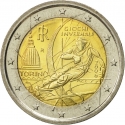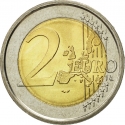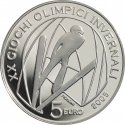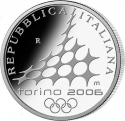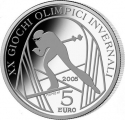You are about to finish your registration. Please check your mailbox (including spam folder). There should be a letter with a confirmation link. Check setting to make sure that your e-mail address is correct.
Send letter againDescription
The 2006 Winter Olympics, officially the XX Olympic Winter Games (Italian: XX Giochi olimpici invernali) and also known as Torino 2006, were a winter multi-sport event held from 10 to 26 February 2006 in Turin, Italy. This marked the second time Italy had hosted the Winter Olympics, the first being in 1956 in Cortina d'Ampezzo; Italy had also hosted the Summer Olympics in 1960 in Rome.
The 2006 Winter Olympics featured 84 medal events over 15 disciplines in 7 sports. Events that made their Olympic debut in Turin included mass start biathlon, team sprint cross-country skiing, snowboard cross and team pursuit speed skating. The classical men's 50 km and women's 30 km distances, which were held at Salt Lake 2002, were not included in these Games, as these events were alternated with freestyle events of the same distances.
Obverse

|
Depicts the official emblem of the XX Winter Olympic Games of Turin. The mint mark (R) on the left, the engraver's name on the right below, and the country name above. REPUBBLICA ITALIANA |
|---|---|
Reverse

|
Depicts the pictogram of the flame carrier. The date of the issue, the value and the engraver's name below. On top, the arch-shaped inscription “XX Olympic Winter Games”. XX GIOCHI OLIMPICI INVERNALI |
| Edge |
50 Euro
Torino 2006 Winter Olympics
Olympic Flame
Subscribe series
KM# 274 Fr# 1553
Torino 2006 Winter Olympics
Olympic Flame


